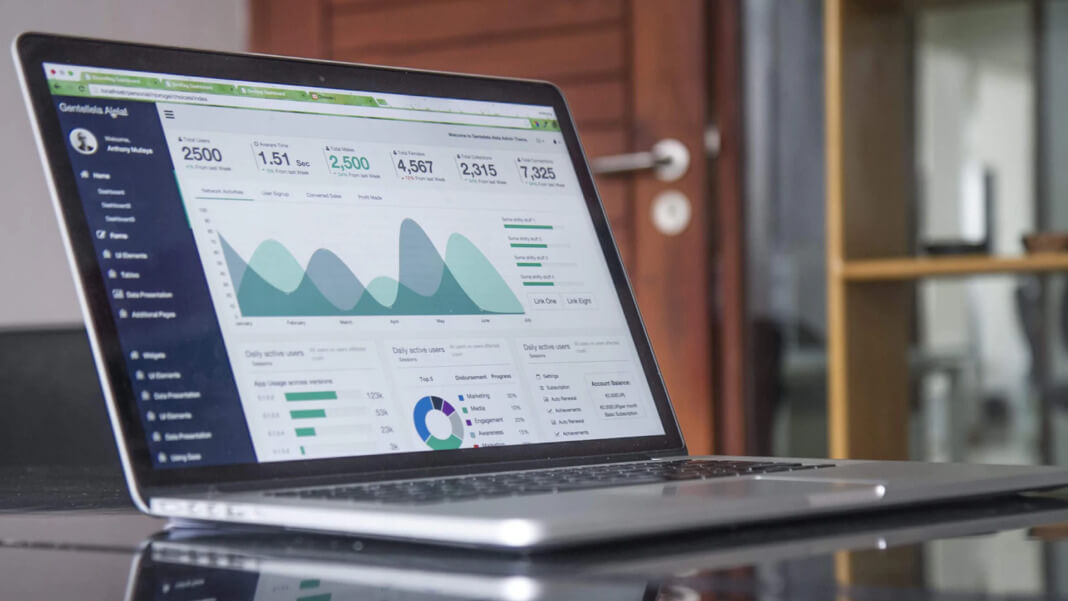As rapid shifts give way to more consistent adjustments around remote work scope, business owners face a new challenge of security threats.
With employees now using a combination of company-provided and personal hardware to access corporate networks, many employees have expanded the corporate attack surface exponentially. A recent survey found that 91% of businesses reported an uptick in cyber attacks since the pandemic began.
While there are several strategies to help detect and deflect some of these attacks, no defense is perfect. As a result, companies need to develop a backup and disaster recovery (BDR) plan to reduce these risks associated with remote work.
By the statistics
20% of businesses have no BDR plan at all. With that in mind, small businesses should be aware that they are also at risk of an attack. 43% of cyberattacks were aimed at small businesses. These attacks left roughly 40-60% of small businesses closed permanently. These issues sometimes occur because of decision-makers believing they are unlikely to be attacked.
Remote workers could also introduce risk, as 90% of employees use employer-provided devices for personal use. These numbers highlight a growing need for robust BDR policies that both address the current requirements and emerging demands for organizational leaders and owners.
How to boost BDR
Firstly, the starting point should be completing a thorough assessment of your current BDR plans and outcomes. Consider measuring your recovery time objectives (RTOs) and recovery point objectives (RPOs). Pre-covid-19 targets were primarily focused on data center DR and backups. However, with telework’s distributed nature, this requires a reassessment of how long recovery needs to take and where it needs to happen first.
If RTOs and RPOs are up to the standard of 2021, the next step is to evaluate the ability of existing infrastructure to meet these demands. Does your BDR services and solutions have the capacity to handle recovery objectives both in-office and at a distance? It is recommended to use a combination of on-site and cloud-capable solutions that could help bridge the gap.
Companies must consider where their data is collected and how workers connect to the information on-demand. For example, consider the case of single-source data that is stored on local stacks. If physical damage to the stack or a cyberattack makes this information inaccessible, the impact on both employee performance and organizational revenue could be sizeable. Corporate networks should also be concerned. If standard connections fail, how can remote staff be productive?
Solving the issue starts with a multi-site BDR plan that backs up your data every few minutes and is combined with secondary connection services such as a VPN. Remote work is now the norm for now, but it is not an exception. To drive revenue and reduce operational risk during this rapid shift, robust BDR is a must. For more information and tips on creating a backup and disaster recovery plan, make sure to check out the infographic below by MXOtech.






